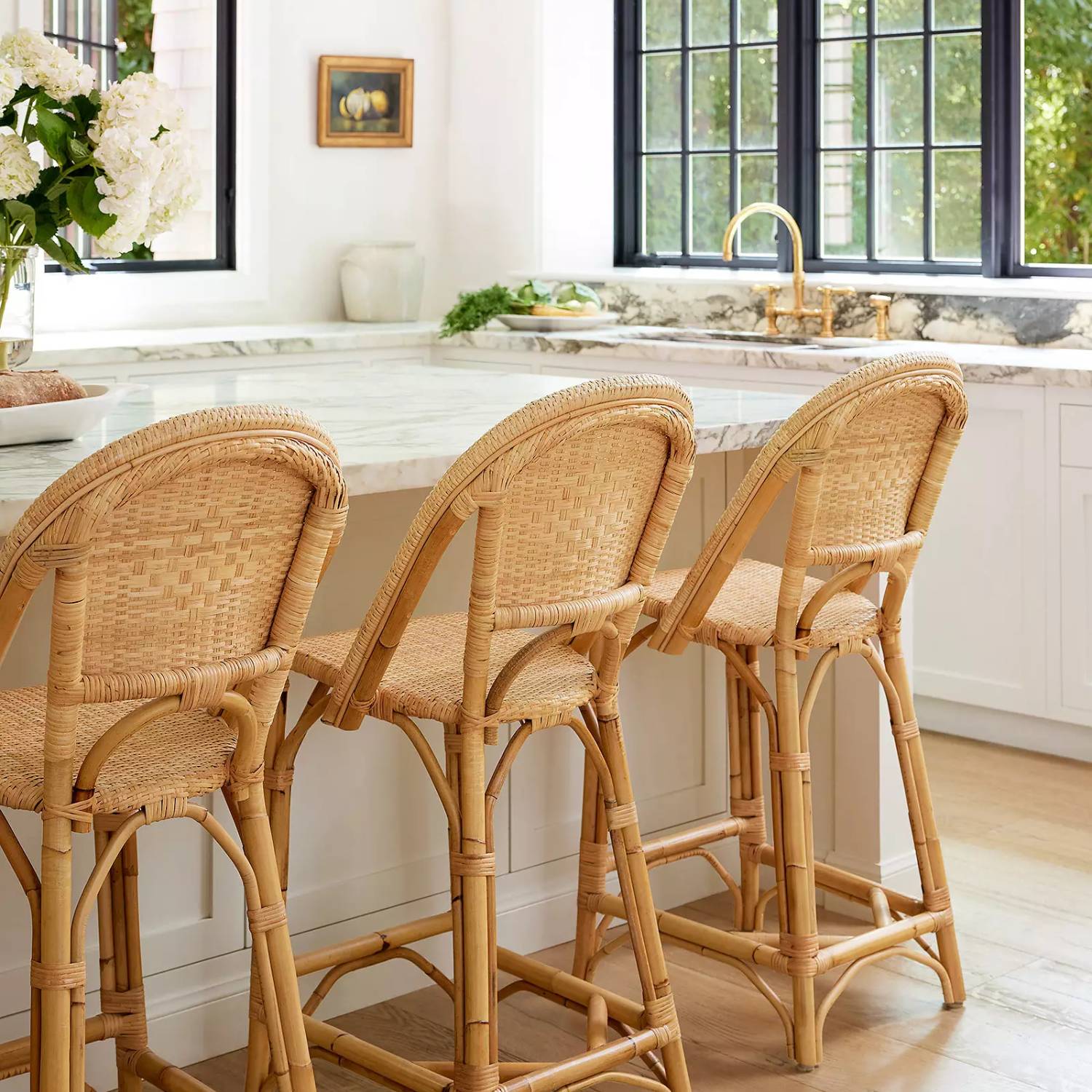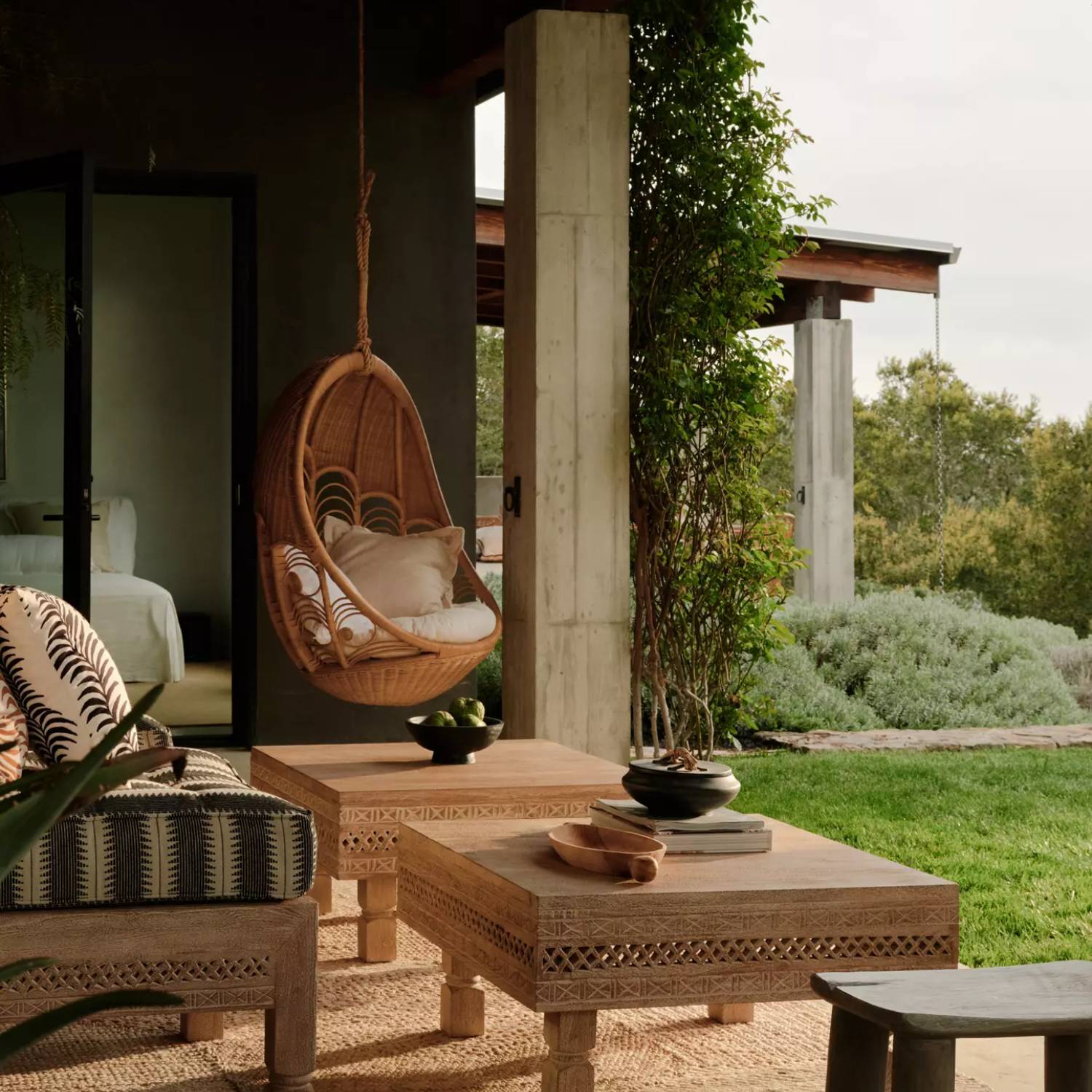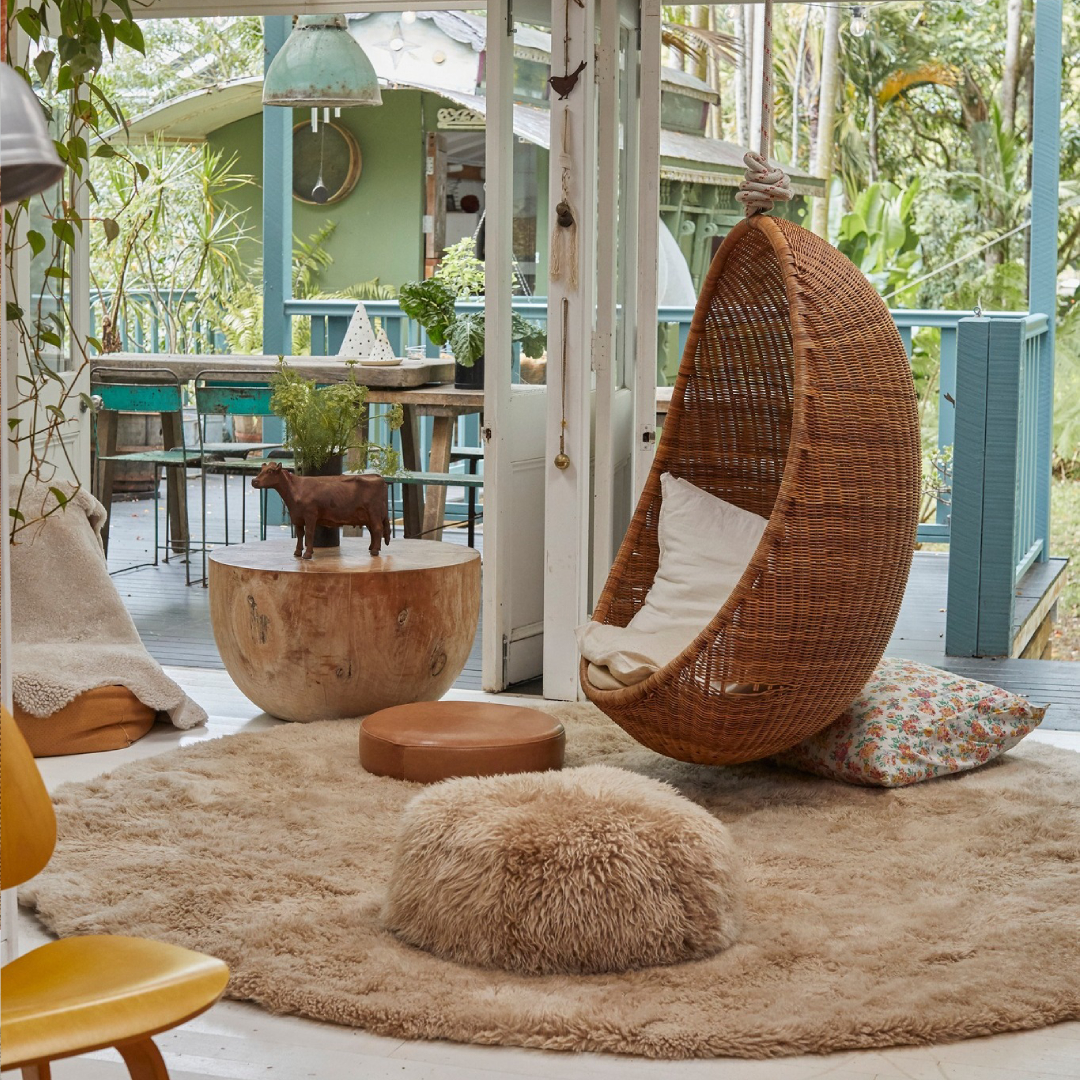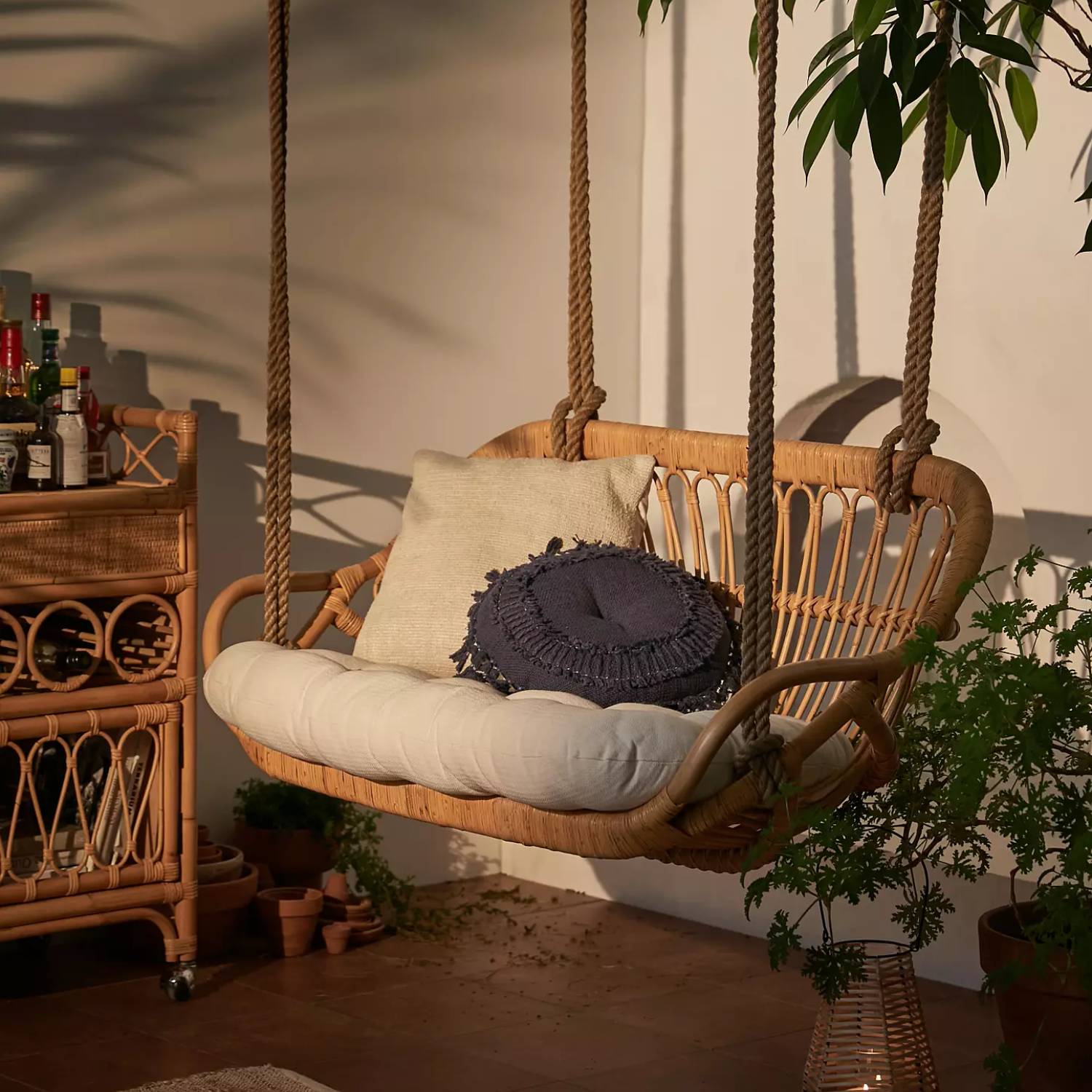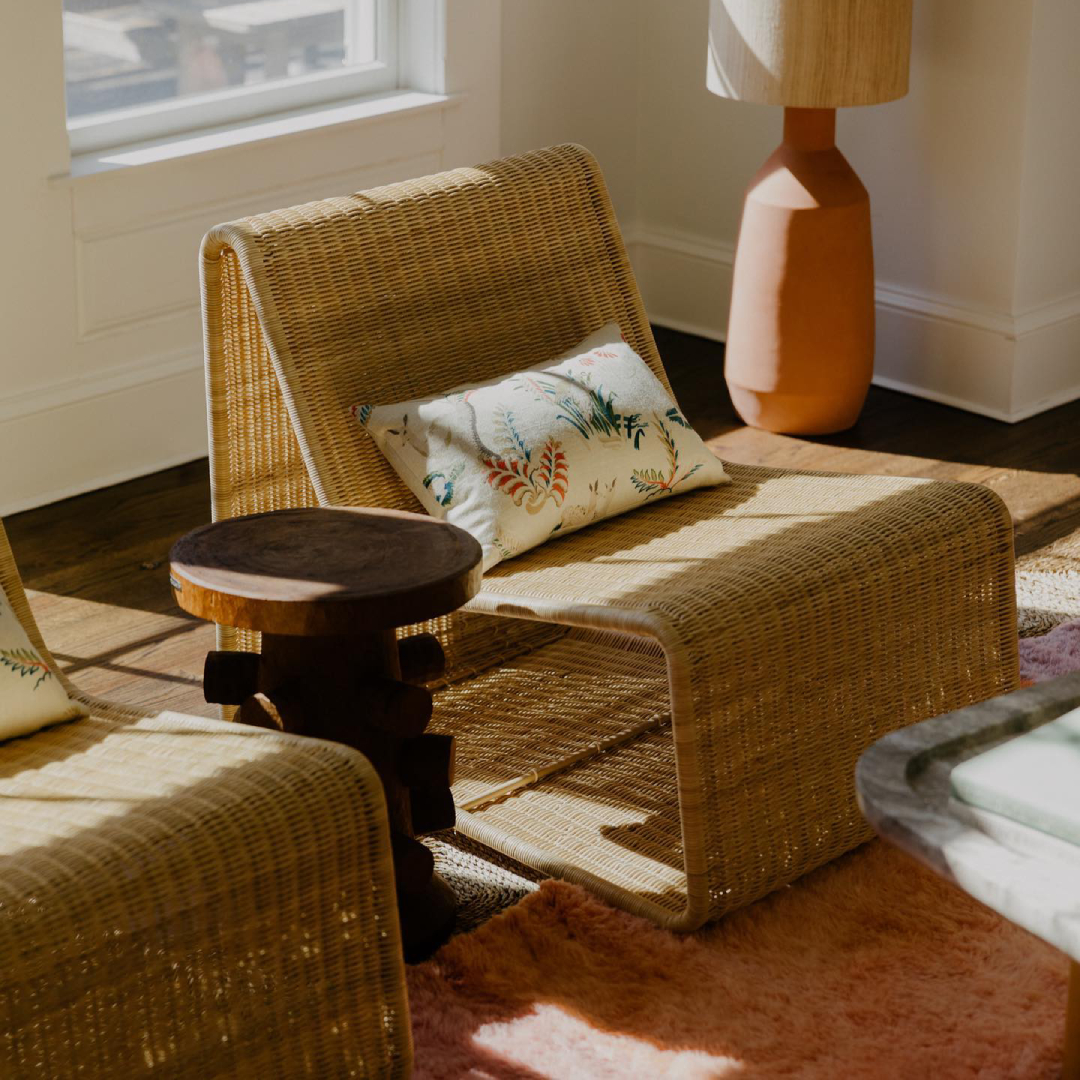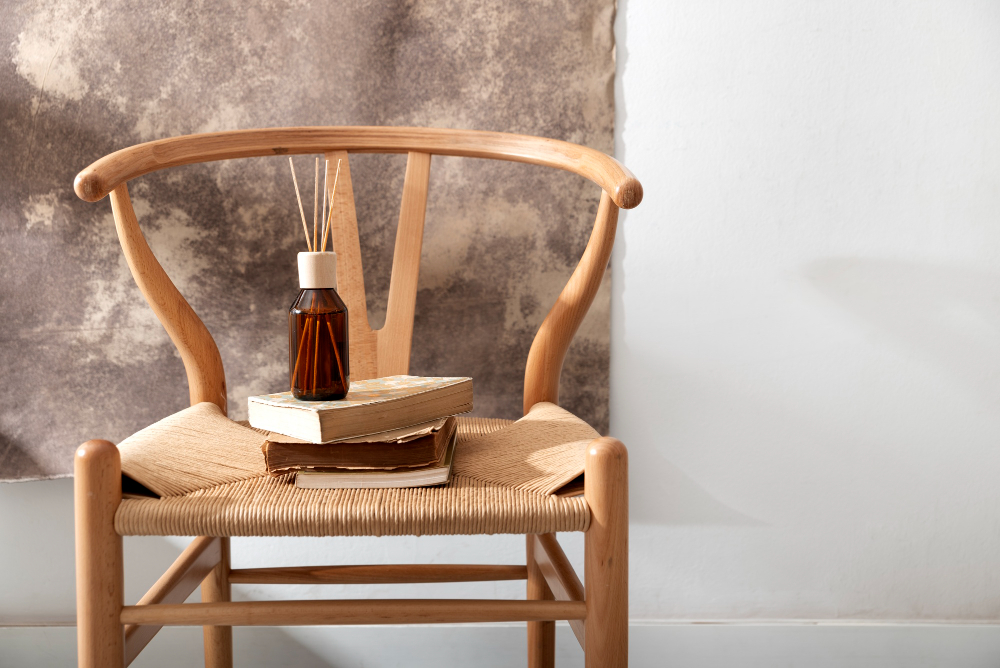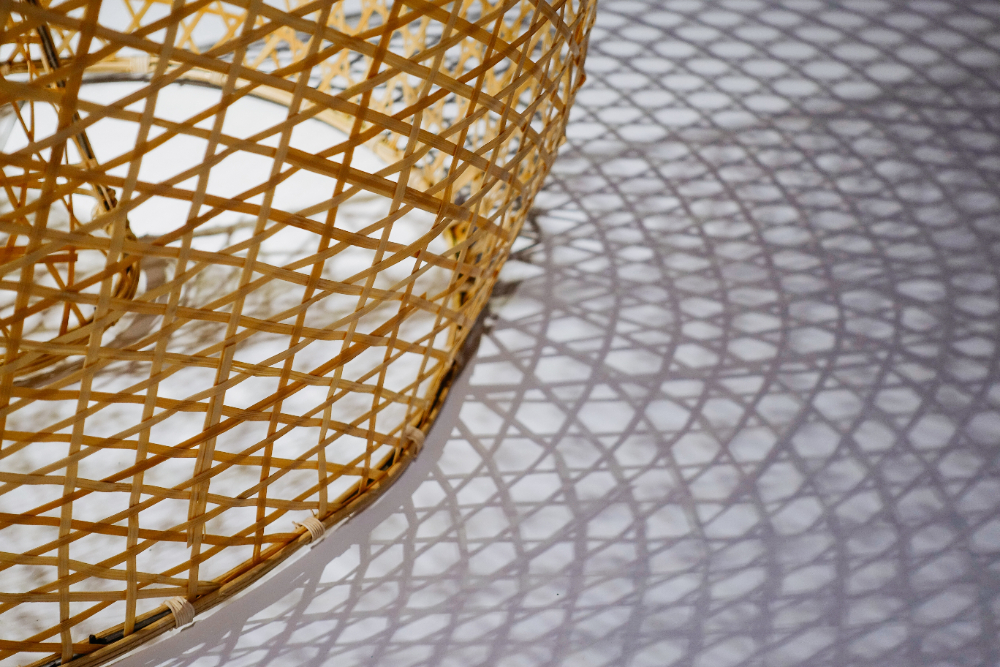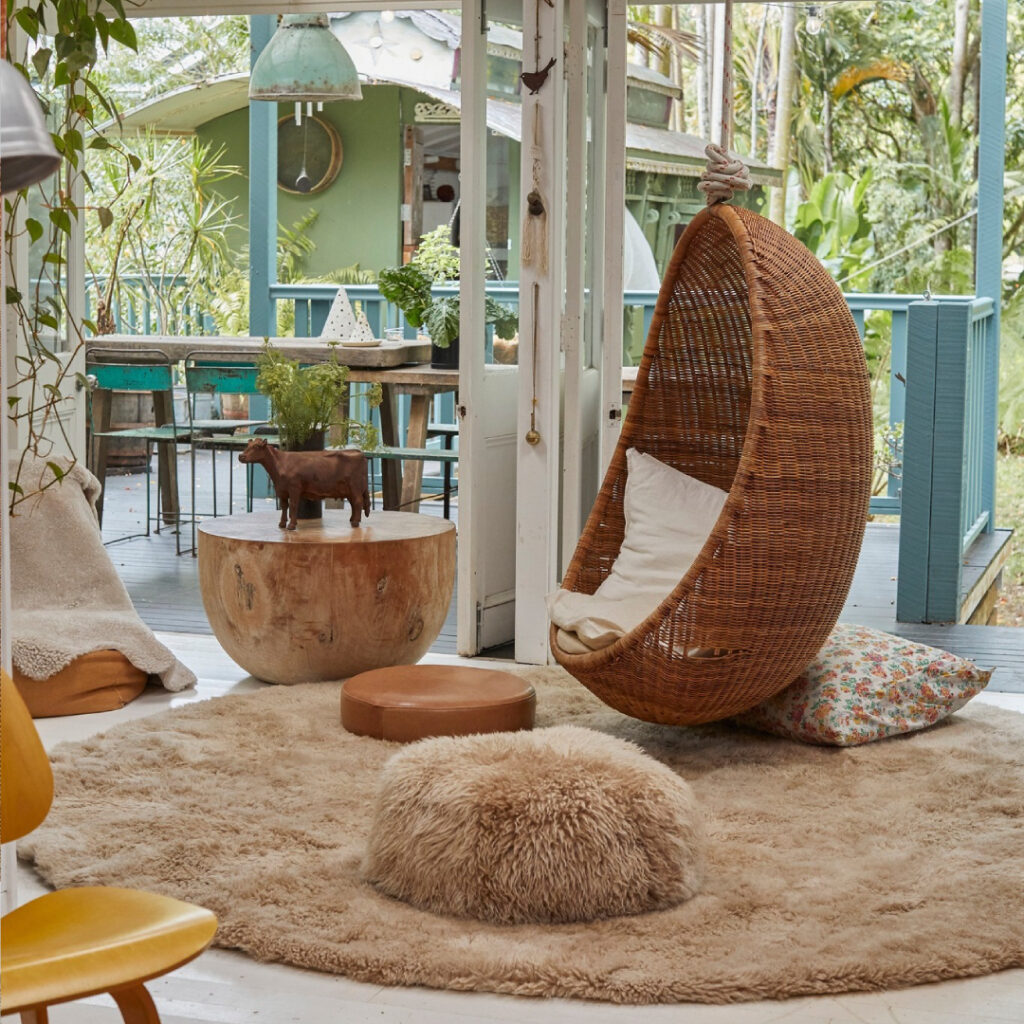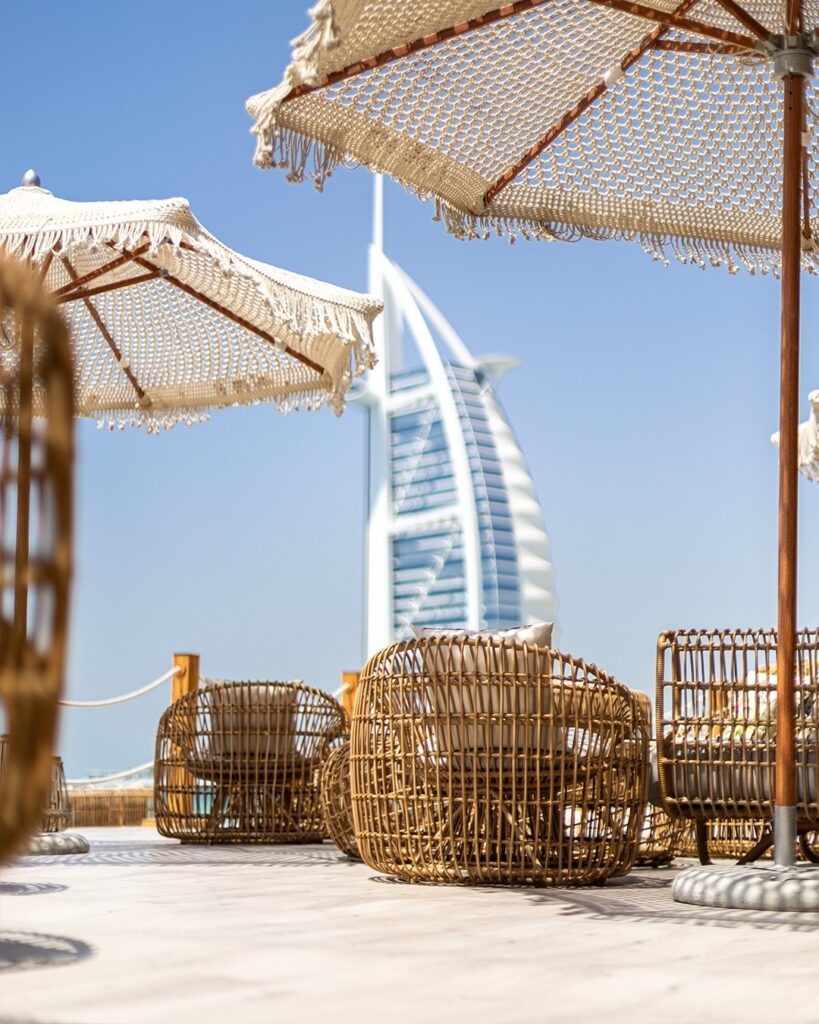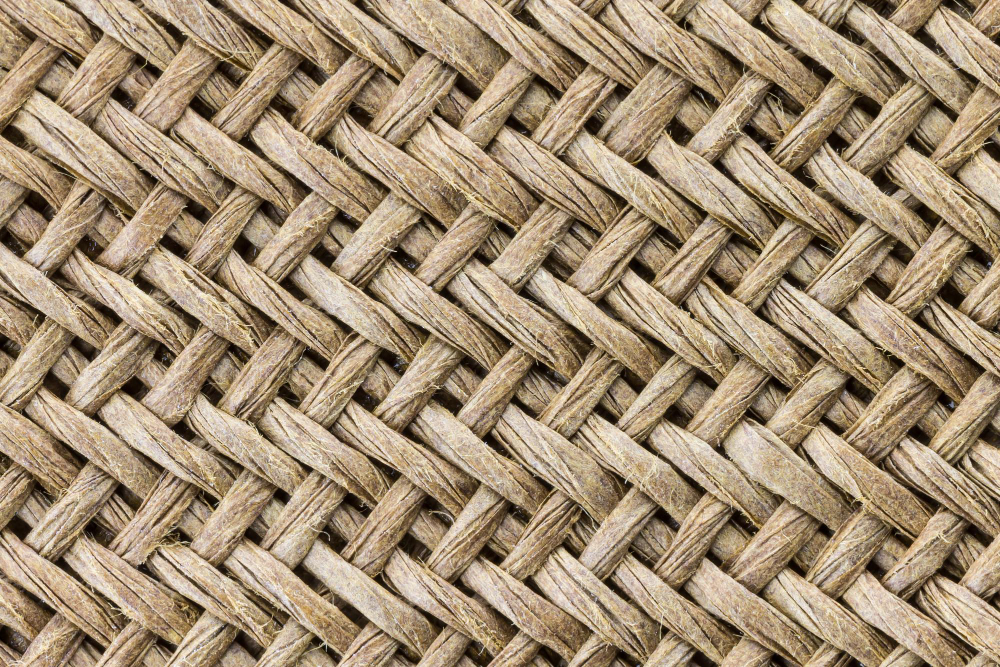You’ve seen them in magazines, in those dreamy boho-chic interiors on Instagram, maybe even at your favorite café. Rattan chairs are having their moment—and for good reason. They’re stylish, lightweight, eco-friendly, and they give off that relaxed-but-intentional energy we all crave in our living spaces.
But let’s address the elephant in the (living) room:
Are rattan chairs actually comfortable to sit in for hours?
Whether you’re hosting a dinner party, working from home, or just curling up with a book on a Sunday afternoon, comfort matters. So, let’s dive deep and explore whether these natural beauties are just a pretty face—or if they’re built for real-life lounging.
What Exactly Is a Rattan Chair?
Before we talk comfort, let’s get our terms straight. A rattan chair is made from the stems of the rattan plant—a climbing palm found in Southeast Asia. It’s prized for its flexibility, strength, and lightweight nature. Rattan can be woven into a variety of designs: think rattan armchairs, woven chairs, rattan cane chairs, and even rattan high back chairs perfect for dining.
Many people use “rattan” and “wicker” interchangeably, but here’s the deal:
- Rattan = the material (natural vine)
- Wicker = the weaving technique
So yes, a rattan wicker chair or wicker rattan chair is totally a thing!
And while we’re at it, all the variations you’ve probably Googled—ratten chair, ratton chair, retan chair, rataan chair, raton chair, or even whicker chair—yup, they’re all pointing toward the same thing: a beautifully woven piece of furniture with major character.
Are Rattan Chairs Comfortable for Long Periods?
Let’s get real. We’re not just talking about sitting down for a quick cup of tea. We’re talking long hours—work, meals, deep convos, maybe even naps. And when it comes to comfort, three factors really matter:
1. Ergonomic Design
Aesthetics are great, but comfort starts with structure. The best rattan chairs are ergonomically designed with:
- Proper lumbar support
- Slightly reclined backs
- Contoured seats
A well-made rattan arm chair or curved rattan chair allows your spine to rest in a natural position—so you can sit longer without feeling stiff.
2. Cushioning: Non-Negotiable for Comfort
This can’t be overstated: cushions make or break your rattan experience. While natural rattan has a little flex and give, you’ll absolutely want a chair that includes:
- A rattan chair with cushion (or add your own!)
- Removable, washable covers
- High-density foam or fiber fill
Our Rattan Chairs come with thoughtfully crafted cushions that not only enhance comfort but also extend the life of your chair. Want to dine in comfort too? Our Rattan Dining Chair collection features padded seats designed for hours of entertaining.
3. Build Quality and Materials
Let’s not forget—the weaving pattern and frame quality matter. A poorly woven rattan seat will sag over time and compromise your posture. Look for:
- Tightly woven cane or raffia
- Reinforced joints
- Sturdy, kiln-dried wood frames (especially for dining chairs)
Premium rattan woven chairs are not just more durable—they’re also far more comfortable.
Why Do People Love Rattan Chairs for Long Use?
Besides the design and materials, rattan seating has unique perks that you don’t always get from upholstered furniture:
- Breathability: Rattan’s open-weave design allows airflow, keeping you cool during warm weather.
- Flexibility: It has a natural give that responds to your body.
- Lightweight Mobility: You can easily move a wicker reading chair from your living room to your patio for some sun.
How to Make a Rattan Chair Extra Comfortable
Maybe you already own a cheap rattan chair or an old vintage piece and it’s not exactly cloud-nine comfortable. Don’t worry—there are simple upgrades you can make to improve your seating experience:
- Add a seat cushion with memory foam
- Use a lumbar pillow to support your lower back
- Drape a soft throw or pad over the backrest
- Add armrest pads to your rattan armchair
With these adjustments, even a basic chair rattan design can turn into your go-to spot.
Use Cases: Where Rattan Really Shines
Rattan isn’t a one-size-fits-all solution. But when used right, it can outperform even your regular sofa in terms of comfort and versatility:
- Living Rooms: A comfy rattan chair adds a relaxed, organic vibe to your space—and it’s perfect for casual hangs or movie nights.
- Dining Rooms: With the right cushioning, wicker or rattan dining chairs can keep guests comfy through multiple courses.
- Reading Nooks: A cozy wicker reading chair with a throw blanket? Instant bookworm heaven.
- Workspaces: A stylish rattan seat chair in your home office is a welcome contrast to cold, corporate furniture.
Final Thoughts: Can You Sit in a Rattan Chair for Hours?
Absolutely—if you choose the right one.
A well-designed rattan chair with cushions, supportive frame, and ergonomic structure can offer exceptional comfort, whether you’re dining, lounging, or working from home. If you’ve been wondering “how to make a comfortable chair” or whether a rattan chair is really suitable for extended use—the answer is yes, with a little thought and the right setup.
Whether you’re browsing for the best rattan chairs for your living room or looking for wicker and rattan dining chairs that impress guests and pamper your spine, remember: comfort is not a luxury—it’s a necessity.
Browse our curated Rattan Chair and Rattan Dining Chair collections to find pieces that combine style, craftsmanship, and all-day comfort.
Because a beautiful chair should feel just as good as it looks.
